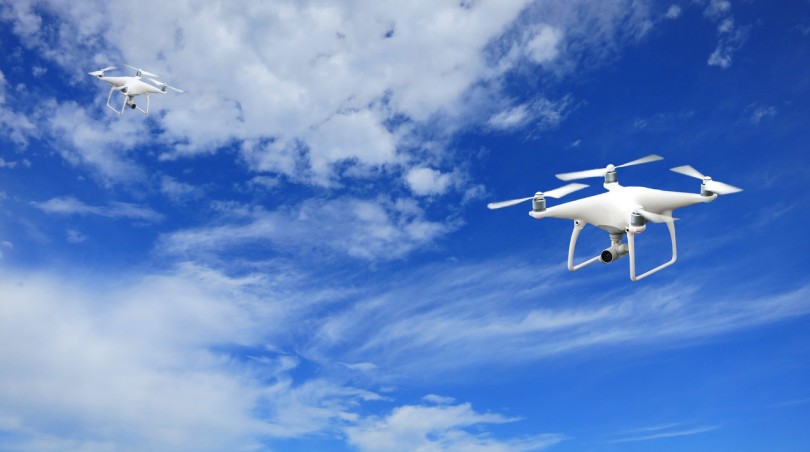Is Autonomous Driving coming to the UAE?
26 Apr 24
Lab ChatThe Global News Source for the World of Science and Chemicals
03 October 2021
Enviro Chat
An Indian student at a UAE school has come up with an innovative method of reducing air pollution and combatting climate change. Tanay Jagannathan, who is a Grade 8 pupil at GEMS Modern Academy in Dubai, is aiming to design an attachment carrying sodium hydroxide which can be fitted to the underside of the main body of a drone aircraft.
Sodium hydroxide is a chemical capable of absorbing carbon dioxide from its surrounding atmosphere. By doing so, Jagannathan hopes to reduce the amount of CO2 in the troposphere, which will not only improve air quality, but also mitigate the impact of global warming. Although the idea is still in its infancy, it has already received endorsement from prominent climate scientists in the country.
Poor air quality is thought to be one of the biggest killers on the planet. Exposure to air pollution causes debilitating respiratory conditions such as asthma, cardiovascular disease and lung cancer, while it can also exacerbate the symptoms of those who have already developed breathing difficulties.
The United Nations estimates that 9 out of 10 people are exposed to unsafe levels of contamination, with approximately 7 million losing their lives each year as a result. While there are certain practical steps that we can all take to improve indoor air quality, tackling ambient pollution outside is a trickier task. Step forward Tanay Jagannathan.
The youngster came up with his idea after watching a TV documentary about space science, which explained that sodium hydroxide was used by space crews to lower levels of CO2 in the ship. He then consulted several industry experts, who recommended that he verify the effectiveness of the chemical in a solid form before involving a drone.
Following that advice, Jagannathan then performed several laboratory experiments himself which convinced him that the idea is feasible. His testing identified sodium hydroxide as the most appropriate hydroxide chemical for the job. The next stage will involve constructing a drone prototype and testing it out in real-world conditions.
It’s not the first time that sodium hydroxide has been considered as a means of absorbing carbon dioxide, but previous attempts have used in its gaseous form, which can negatively impact human health. Employing sizable sheets of the stuff has also been trialled with faintly encouraging results, but the downside of that solution is that it can only serve one location.
Jagannathan has tweaked that idea to incorporate drones into the equation. According to the young student, he is in the process of designing and manufacturing the prototype using a 3D printer and modelling software. Once complete, he intends to enlist the help of various government and non-government organisations to conduct trials of his invention. If successful, it could be a key way to reduce air pollution in the UAE and beyond.
DOWNLOAD PDF

2 Day Seminar Program
@ ArabLab+ 2024
24 & 25 September 2024
22 Apr 24
Lab ChatYour stay in Dubai
Labkit
Product News
Chemkit
Product News
Thinking about exhibiting at ARABLAB 2024? Watch our video to find out more.
Join the world’s leading organisations…
Join our mailing list and receive the ARABLAB newsletter and event updates.